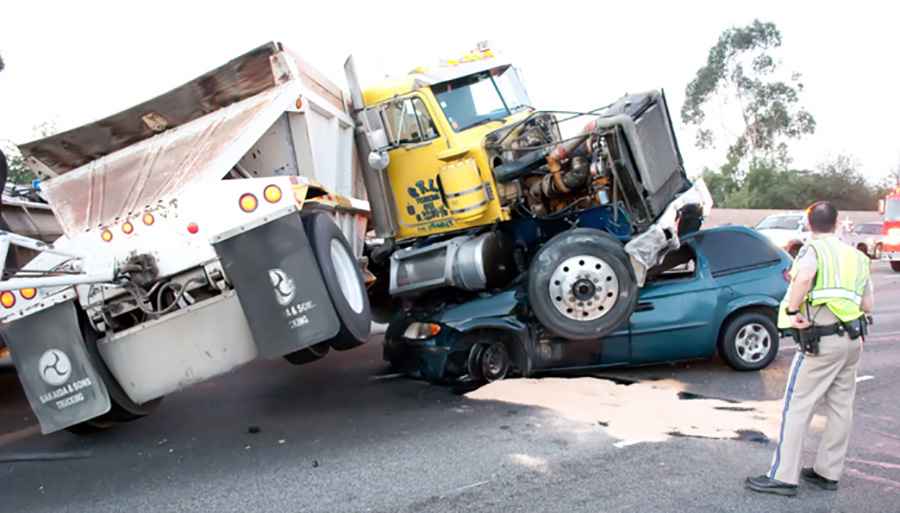Driving Behavior to Follow When Sharing the Road with Trucks
Nothing is more nerve-wracking than sharing the road with big trucks. Those 18-wheeler vehicles can be intimidating with their massive size. They have huge blind spots, take longer to stop, and can cause serious damage in a crash.

The truth is that a lot of accidents involving trucks happen because car drivers just don't know how to be safe around them. As a victim, you can contact a truck accident attorney to help you get full compensation for all the losses you have sustained. Some states even keep trucks on separate lanes/roads to avoid crashes altogether. But if your state doesn't have that rule, you don’t have to worry. This guide will give you some easy tips to remember so you can share the road with big rigs without any stress.
Tips for Sharing the Road with Trucks
Here are some helpful tips that can help you stay safe while driving on the road at the same time as trucks:
Maintain a safe distance
Big trucks are strong and heavy. The faster they go, the harder it is for them to stop, especially on wet roads. If you're following a truck too closely, you won't have enough space to react safely if something happens (like a tire blowout or a sudden stop). A flat tire on a truck can cause a big crash, even for cars far behind them. Here’s what you should do: Leave plenty of space between you and the truck. Experts say 20 to 25 car lengths is a safe distance. This is also equal to counting four seconds after the truck passes something and your car passes the same spot.
Stay away from their blind spots
Blind spots are areas around the truck that the driver can't see. The biggest one is right next to the truck on the driver's side. There are also blind spots in front of the cab, behind the trailer, and along the sides near the front. It would be in your best interest to stay out of these zones as much as possible so the truck driver can see you. If you absolutely must move into a truck's blind spot, do it quickly and get out of there fast. When passing a truck, move towards the shoulder (edge) of the road to give yourself more space, and only pass when it's safe to.
Never change lanes near a truck
Changing lanes near a truck can be dangerous. You don't know if you're in the blind spot, and anything can happen. Wait until you have a clear view in front of you before you switch lanes.
Never drive between two trucks
It's never a safe idea to get in the middle of two moving mountains. No matter how much of a hurry you're in, give them both plenty of space. A truck should always be either in front of you or behind you.
Drive with patience
Sometimes, the safest option is to slow down and be patient. Don't try to squeeze into a small gap in front of a truck, or get frustrated if they're going a bit slower than you'd like. These trucks take longer to stop, so give them all the space that they need.
At night, use dimmer lights and signal
At night, use your low-beam headlights to avoid blinding the truck driver. They need to see you clearly, so make sure your headlights are working properly. Also, you should always use your turn signals well in advance before changing lanes or turning. This gives the truck driver a heads-up about your intentions and keeps everyone safe. By doing these two things, you’ll be making sure that you can see them and making yourself visible to them.
Conclusion
Practice safe driving habits. If an accident should happen, you stand a higher risk of danger than the truck itself. Do all it takes to keep yourself and other occupants of the car safe.
Pic: https://imagesource.io/images/elements-unique-to-trucks-that-make-accidents-devastating/